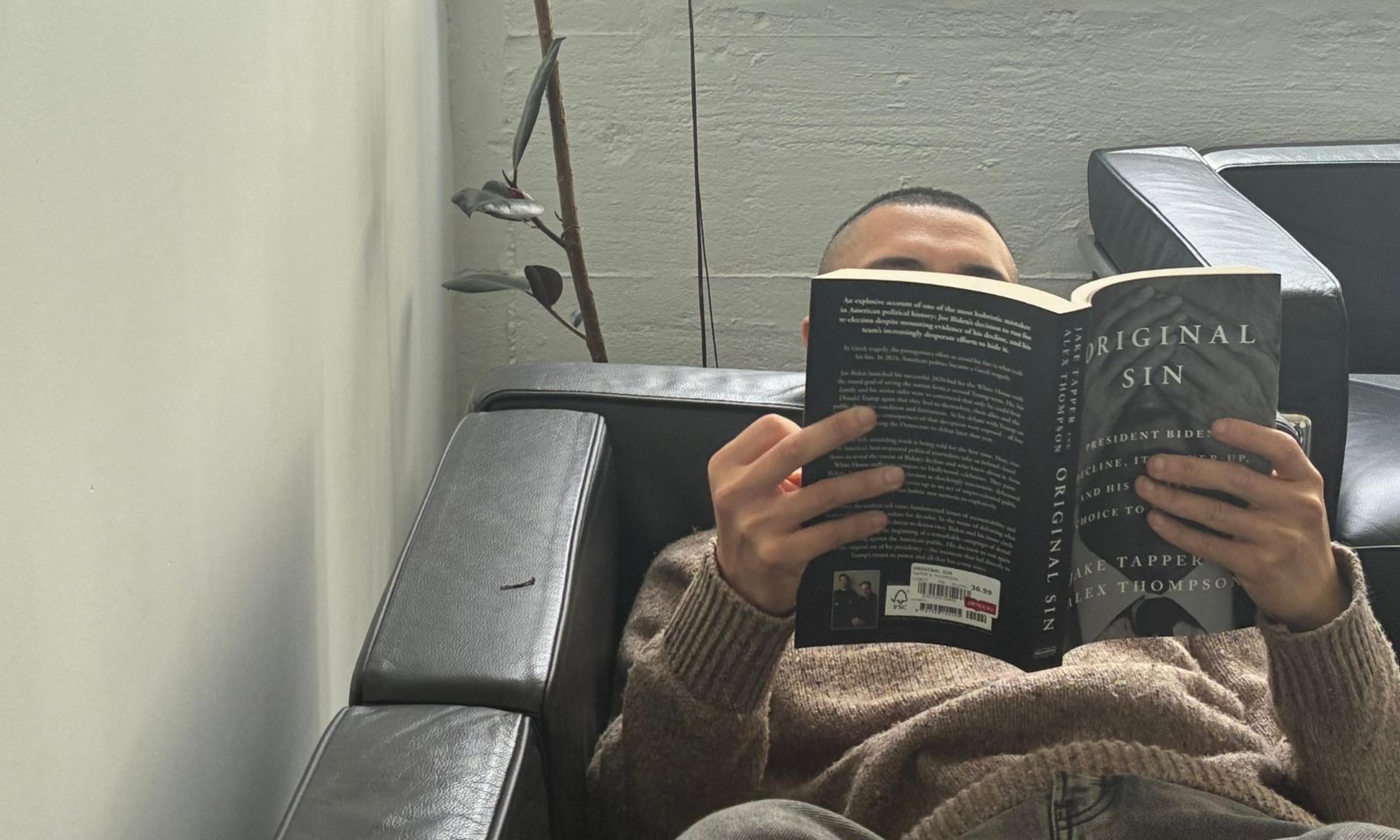

Photo /Facebook/531pi
'It brought us hope': Master carver on the process and deeper purpose behind vaka
Samuel Papatua explains the vaka building, alongside his family history in the tradition of hope.



Pacific leaders humbled by recognition in New Year 2026 Honours

Pacific Bites: South Auckland weighs in on the top dishes of 2025

Fiji community mourns after Sydney stabbing leaves two people dead



Pacific leaders humbled by recognition in New Year 2026 Honours

Pacific Bites: South Auckland weighs in on the top dishes of 2025

Fiji community mourns after Sydney stabbing leaves two people dead
What does it take to make a good vaka? A master carver says it starts with a good eye for a good tree.
It's ‘Epetoma o te reo Māori Kūki 'Airani - Cook Islands Māori Language Week, with this year's theme being Ātui’ia au ki te vaka o tōku matakeinanga - connect me to the canoe of my tribe.
Speaking to William Terite on Pacific Mornings, vaka carver Samuel Papatua (Mangaia, Temakatea), who caught his first bluefin tuna at six on a canoe, said carving vaka is a family tradition.
"My entire family carved a canoe every five [to] ten years," Papatua said.
"It was used for provision. It supported my family in Mangaia for fish, going around the island [and] is a fun equipment or tool to have in the family.
"It takes about five to six months to build it depending on the support of the family and community."
Papatua, who is now based in Invercargill, said the first step to building a good vaka is discerning which tree is best for the build a person desires.
"Also how to bring it down into the shape of something because when you see a big tree, you'll have to visualise what you want in it.
"So, it takes a lot of thinking [and] time as a carver to bring about the plan."
Watch the full interview via 531pi's FB below:
Although Papatua is far from home, his ability to keep the traditions and knowledge of his ancestors alive is achieved through his faith and children.
"The Bible Proverbs 22:28-29 says 'remove not the ancient landmark, which thy fathers have set'. So, it set us in a direction to teach our children.
"To pass it on to the next generation. That's how we should practise stories, songs, and performing arts because you can pass the message on through all these things.
"You train them now so when they grow up, biblically saying, they will never depart from him."
Last year, Papatua and his son helped a group of school children in Invercargill craft a double-hulled 10m vaka.
However, he said the tree for that vaka was already cut so some of the process had to be skipped.
"But we overcame the challenges in our project. It took a lot of patience at the start because you cannot cut it too early.
"There's so much that goes into carving a canoe. Our ancestors took their time.
"Back in the days it was to go to war, find new land, to find provisions to support the family - it brought hope that the next generation will be taken care of."
The notion of passing down tangible land and provisions to the next generation also extends to intangible things like knowledge.
Papatua said his grandfather passed down his vaka carving knowledge to his father who then taught him.
"I've carved four canoes in my lifetime [and] I'm 36 years old," Papatua said.
"I've carved one in Hawai'i representing the Cook Islands, a couple in Rarotonga [and] my family canoe to provide.
"I've learned a lot and hung around the tupuna of my time, which are my parents [and] uncles who are keen and determined to keep the culture going.
"It was just a canoe but it brought us hope, faith and humbled us in terms of carving."